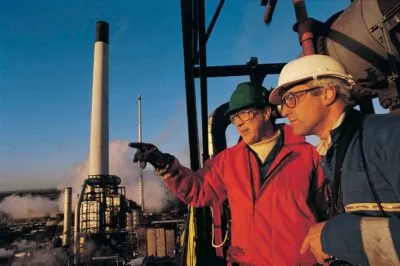Transformer oil pricing in the Australian market has been relatively stable for some years, but recently with oil prices more widely increasing so has pricing for transformer oil. Factors that influence the price we pay for any oil product in Australia are the Australian currency, the barrel price for oil, market expectations, and supply and demand factors.
At time of writing the AUD/USD has suffered a fall to the lowest level since February 2016 and currency traders remain extremely pessimistic on the outlook. As the bulk of liquid hydrocarbons in Australia are imported and purchased in US dollars, the currency impact alone has a great effect.
The price of oil is chiefly influenced by the international barrel price. There are dozens of different oil price benchmarks, with each one representing crude oil from somewhere in the world. Most often quoted in Australia are Brent crude, WTI (West Texas Intermediate) or Tapis.
Brent Crude (AKA Brent Blend, London Brent or Brent petroleum) named by Shell in the 1970s is extracted from the North Sea and was originally produced from the Brent oil field located in the East Shetland Basin near Scotland. As a waterborne crude, transport of Brent is easier and less costly than WTI due to the extraction sites being as sea.
WTI (West Texas Intermediate) is considered actually of better quality than Brent in that it is very sweet and very light. It is extracted from wells in the United States around Louisiana, North Dakota and Texas. However as these locations are landlocked, the transport of WTI is more onerous that that of Brent.
Tapis crude is a Malaysian crude oil (coming from one single oil field) and is used as a benchmark for Asia and Australia only. Tapis Blend is sought after for its high quality, extra lightness and low sulphur characteristics. The physical proximity to Australia makes it a more relevant index to talk about.
Regardless of which index is used, a quick look at any of these indices charted will show an upward trend in pricing over the past 12 months, made more prominent by the historically low prices for several years previously.
Although transformer oil is generally not refined from feedstock derived from any of the oil fields represented by Brent, WTI or Tapis, it is not immune to price movements from classic supply/demand dynamics as well as ongoing geopolitical risks and general market sentiment. Transformer oil pricing can be seen (like any fuel or oil) to follow the general trend up or down of any crude oil.
More accurately some naphthenic oil processors and traders follow and rely on market pricing provided by as service like ICIS (Independent Chemical Information Service). ICIS provides pricing information and analysis for hundreds of oil and chemical commodities including historical price data. In the US Pale 60 is considered the benchmark for transformer oil pricing.
Power utility spending on maintenance and new projects seems historically to follow a predictable cycle. A 5 year period of no or low spending results in asset failures and transformers needing maintenance. In time budgetary cycles change and refreshed management teams again set about spending money on OPEX projects. A recent uptick in interest in renewable energy and the corresponding CAPEX on new transformers to assist wind, wave and solar farms has seen more funding unlocked for transformer projects requiring vast oil volumes.
So a perfect storm has formed for the transformer oil market as a combination these factors has distressingly coincided:
- Exchange rate
- Crude oil pricing
- Market sentiment
- Supply/demand signals
- Key user cycles
Benzoil can supply transformer oil in Australia to any specification and to any location – call us to talk more.





